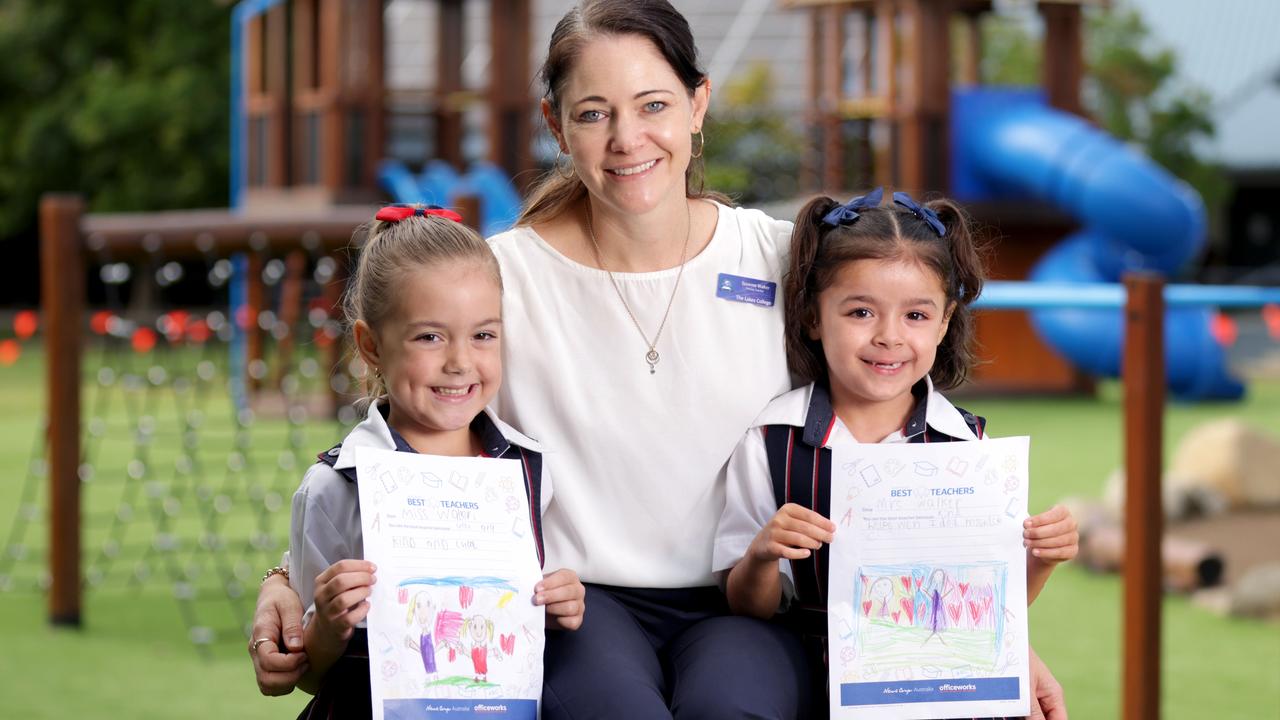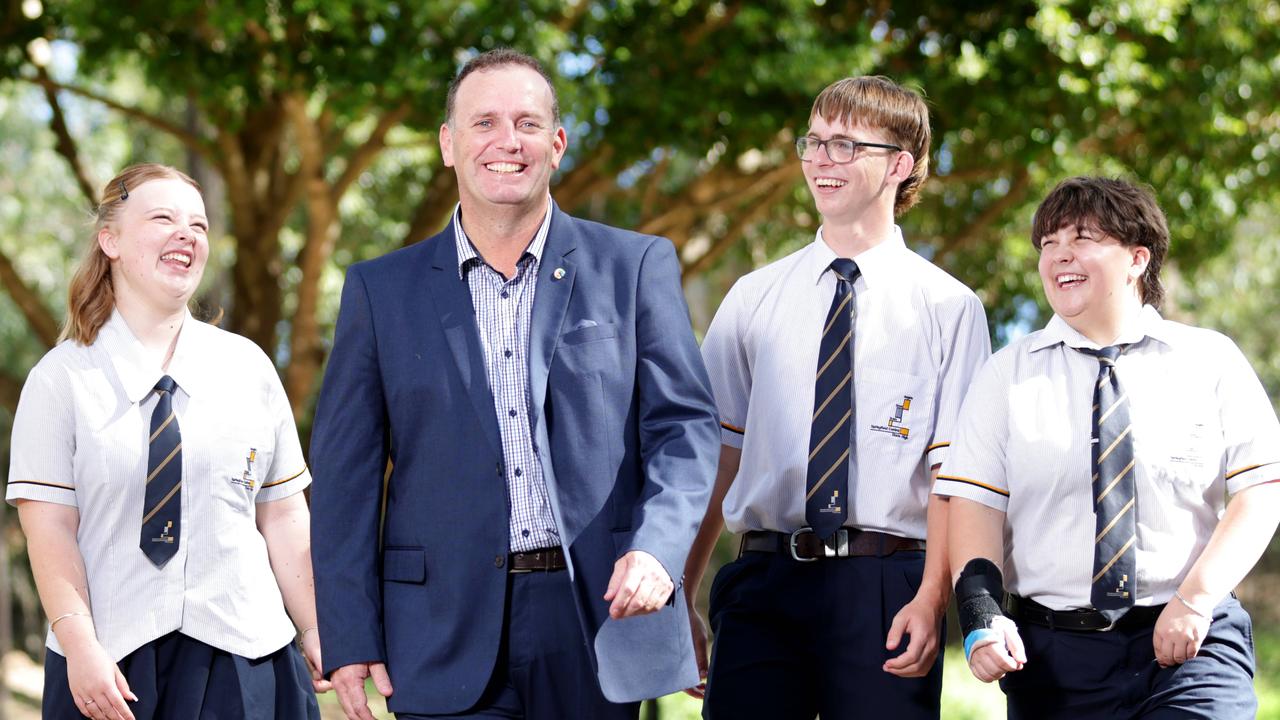‘Aspirational’ Aussies twice as likely to fork out for private school as OECD allies
“Aspirational” middle class Australians are paying tuition fees to send their kids to private schools at twice the rate of other OECD countries. Find out why.
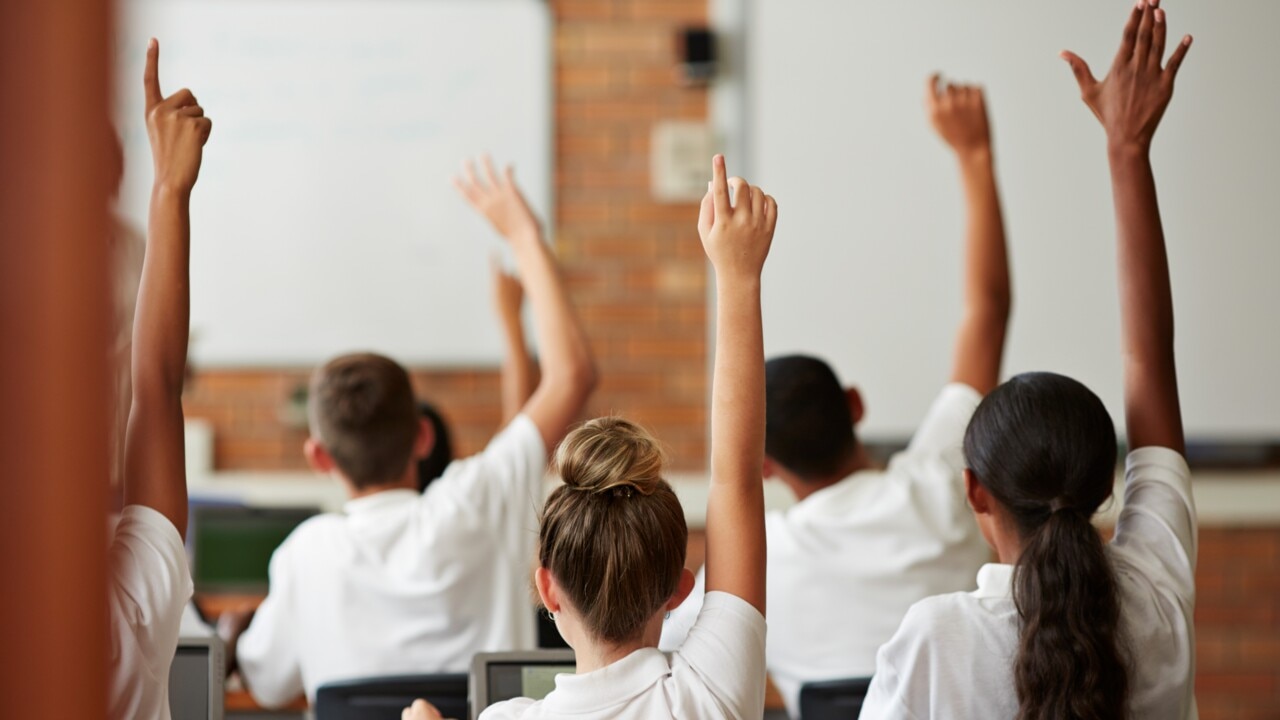
Education
Don't miss out on the headlines from Education. Followed categories will be added to My News.
Australia’s unusual funding arrangements for private schools are largely responsible for a trend that has seen more than one in three students enrolled in the non-government sector, double the global average, experts say.
In 2022, 35.5 per cent of Australian kids were enrolled in a non-government school, the highest proportion since at least 2002, and in NSW the figure is higher still, at 36.3 per cent – more than twice the OECD average of 18 per cent.
Renowned Finnish education expert Pasi Sahlberg said the trend is in part explained by Australia’s split funding model for private schools which makes us “very much an outlier” among OECD nations.
In the UK for example, faith-based and ‘free’ schools with alternative curriculums are fully funded by the government, and only 6.5 per cent of students are enrolled in independent fee-paying schools that receive no government funding.
“There’s been a deliberate policy in this country to support and promote private schools,” Professer Sahlberg said.
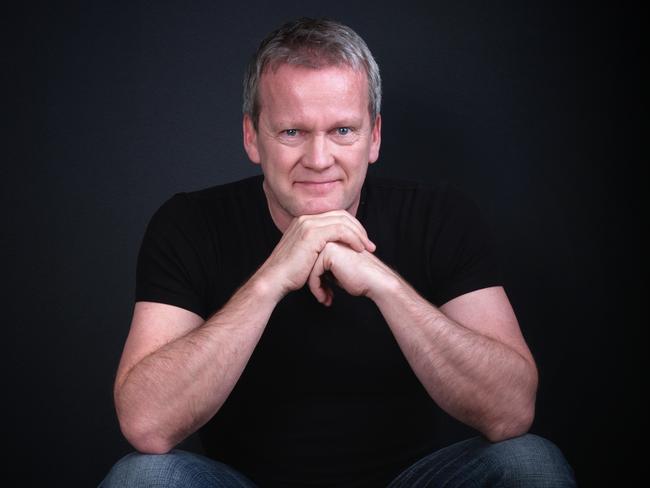
“We have a system where non-government schools are funded appropriately so that they can do what they are supposed to do, and almost all government schools are not funded (enough).”
Parents also believe they’re more likely to get the ‘full package’ at a Catholic or independent school where programs like music and sport are built in, Prof Sahlberg said, unlike in countries like Canada where Catholic school enrolments are driven much more significantly by religious affiliation.
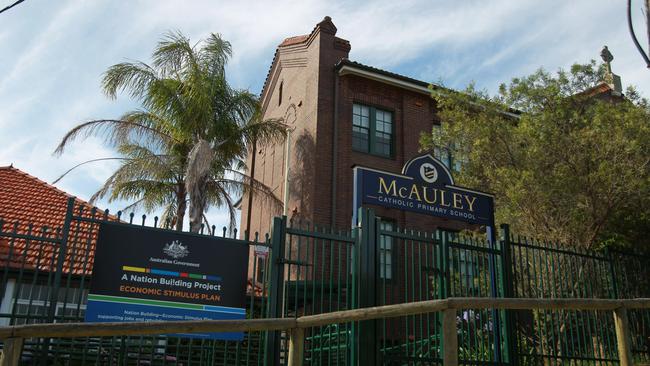
Social researcher Geoff Bailey said the “whole of life” sales pitch is extremely attractive for many parents, including “aspirational” parents in western Sydney where less pricey independent and Catholic schools are relatively accessible.
“There is a sense of aspiration for a lot of Australians across the middle third of society really looking for an education that’s above the norm, above what might be an average experience,” he explained.
“As a land of new migrants … we certainly have a sense of wanting to impress mum and dad or grandparents back home in a different country.”
Independent schools, which enrol approximately 15 per cent of NSW students and continue to increase in popularity, say much of their recent growth has been in low and mid-fee religious schools in Sydney’s newer suburbs.
“There are more than 20,000 students in the state’s 28 Islamic schools, most of which did not exist 20 years,” NSW Independent schools chief executive Margery Evans said.
NSW Catholic schools boss Dallas McInerney said enrolments in his sector, which represents 21 per cent of students, are “at their strongest in a decade” with an increasing presence of non-Catholic parents seeking “a values-based education”.
“We are welcoming more and more families of students into our schools who aren’t from a traditional Catholic faith, and that is a strength,” he said.
Researcher Chris Bonnor said the shift was a “chase for a school up the socio-economic ladder”, including a trend toward more affluent or selective public schools.




